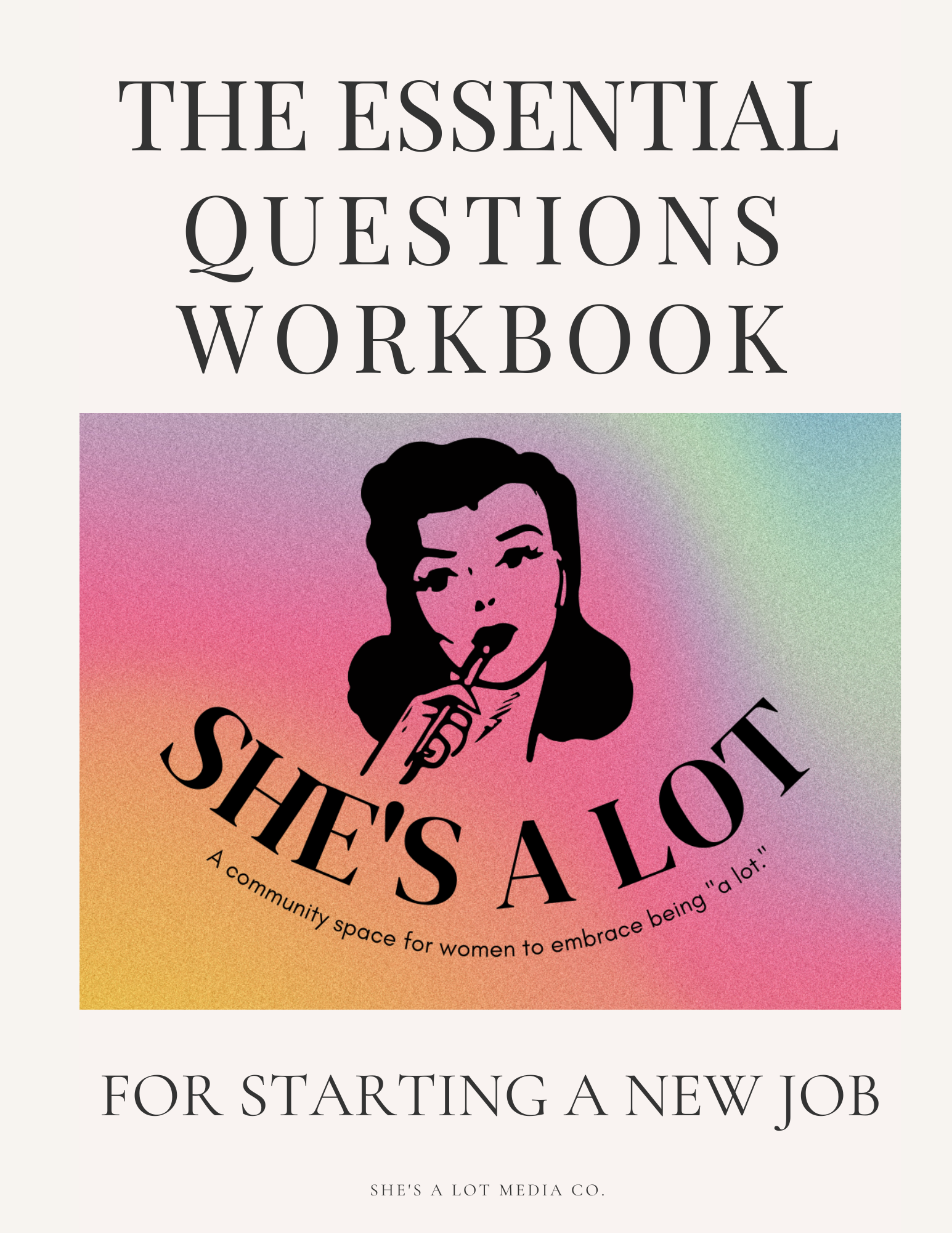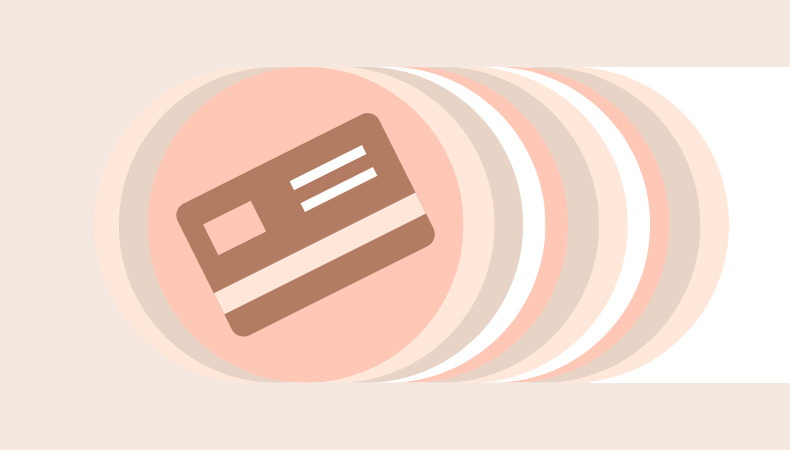Whether used to prevent pregnancy, reduce the risk of STI, or help regulate hormones, birth control is an issue at the forefront of many young women’s minds.
It is always best to consult with a physician to make sure that you are making the best choice for your body and situation, but you can get started thinking about which options sound best before scheduling an appointment.
I am not an expert (or licensed doctor) in any way, but I am sharing this with you because I have done a lot of research while choosing my own birth control.
To begin figuring out what kind of birth control is best for you, whether it’s your first time or you’re looking to make a change, you first need to identify your primary purpose for taking birth control.
Are you looking to only prevent pregnancy, only regulate hormones, or do both?
If you are looking to regulate your hormones, you can go ahead and rule out any of the hormone-free options, such as condoms, withdrawal method, fertility awareness method, copper IUD or a diaphragm. If you are looking for pregnancy prevention that is hormone-free, one of these may be the best option for you.
If you are having difficult periods, hormonal acne, or other symptoms that make you want to regulate your hormones, your best options would be a birth control pill, although after talking with your doctor, a hormonal IUD, the arm implant, a patch, the birth control shot or a vaginal ring, may also work for you. All of these options work well if you are looking for hormone regulations and pregnancy prevention.
So, what are these things?
The Pill
The pill is one of the most common forms of birth control and has been around since the 1960s. There are different types of pills with different levels of hormones that you will need to try after discussing with a doctor in order to figure out the best one for you. The pill is 91% effective if taken regularly. If you think you are likely to forget to take the pill regularly, you should consider a different option, because the pill only works when it is taken regularly.
The way that the pill works is that it basically convinces your body that you are already pregnant so that you don’t ovulate. This means that an egg is never released in order to meet with any sperm. It also means that your body does not go through the normal cycle of building up and shedding the uterine lining. Although you might experience light bleeding on the pill (during the week of placebo pills), you are only bleeding because of the sudden drop of hormones in your body, not because your body is going through a regular period.
Pros: easy to take/stop taking, relatively affordable with insurance, can clear acne and help with difficult periods for some people.
Cons: hormones circulating in the body may cause other symptoms, varying by person. They must be taken regularly.
IUDs
There are two main types of IUD: hormonal and non-hormonal.
The non-hormonal IUD is also known as the copper IUD. This IUD basically works because the copper emitted by the IUD changes the acidity inside the uterus so that sperm cannot survive. For some women, the copper emitted by the IUD may be too high when added to their natural copper levels, resulting in copper toxicity. This IUD lasts up to 10 years after insertion and allows you to have a normal period according to your body’s rhythm. However, for the first six months, these IUDs are known to cause a heavy flow and cramping. This is manageable for some, and usually lightens up/goes away after the first six months, but may not be manageable for others. Talk with your doctor and consider what your regular period is like before getting this IUD.
*** This is the method that I use and I will be writing up a full article on my experience with it as I pass the six-month mark this month ***
There are a few different types of hormonal IUDs that last from 3-7 years generally. The Mirena is the most common and lasts for three years, the Skyla or Kyleena are considered to be for younger/smaller users and only last three years. They are slightly smaller in size, but in my opinion, the difference is negligible. The hormonal IUD will drastically lighten your period or make it disappear entirely.
I am a very tiny person (5’2, roughly 97 pounds) and I have been just fine with a regular-sized IUD.
The main reasons to potentially get an IUD instead of using the pill is that you don’t have to remember to take it daily and you will likely experience less body-wide symptoms as a result of the hormones. This is because the hormones are localized and absorbed directly into your reproductive hormones instead of having to go through your bloodstream and bypass your liver. If you have had issues with birth control pills before but still want or need hormone regulation, this may be a good option.
Pros: longevity, very high effectiveness, fewer side effects for most people
Cons: very expensive without insurance, can cause difficult periods for a period of time, in extreme cases can perforate the uterus or come out on their own (discuss these risks with your doctor), can be painful to put in
The Implant
The implant works basically the way that a pill or hormonal IUD would, but it is inserted into your arm instead of your uterus or being orally ingested. The implant is relatively new (compared to birth control pills) and can give side effects closer to those of the pill because the hormones in it are systemic like with the pill. It generally lasts five years and has to be inserted and removed by a professional (doctor or nurse) through a small cut in your arm, after a numbing shot.
If the pill works just fine for you, but you don’t like having to take it every day, this may be an alternative.
Pros: last up to five years, very effective.
Cons: can be very expensive without insurance, can have side effects due to hormones
Vaginal Ring
The most common of these is the Nuva Ring. This is basically a small ring that you pinch to make smaller and insert into your own vagina. It will mold to the shape of you and stay inside for three weeks, at which point you take it out for a week, before replacing it with a new one.
It works basically the same as an IUD (except in the vaginal canal, not the uterus) or the birth control pill. It releases hormones and causes you to bleed some when those hormones are taken away. This requires a prescription and isn’t as time-consuming as the pill, but still requires regular action from you.
Pros: doesn’t need daily attention, easy to start/stop, more affordable (than IUDs for example) even without insurance
Cons: still expensive without insurance, requires the woman to be comfortable inserting it and taking it out, requires attention every few weeks
The Patch
This is really what it sounds like. It’s a patch that you stick on. It has hormones and has to be changed weekly. It’s roughly the same price as the ring but ends up being more because you change it weekly instead of monthly. It does not go inside of you and is slightly less high-maintenance than the pill.
Pros: easy to start/stop
Cons: hormone side effects, weekly changes, price
Birth Control Shot
This is just a shot of hormones that you get every 3 months. It works by stopping ovulation like the pill and also thickens cervical mucus a bit to make it harder for sperm to get through.
Pros: only four times a year, costs a maximum of $600 a year without insurance
Cons: hormonal side effects, have to go to the doctor every 3 months, its a shot!
Condoms
We all know about these bad guys! These have zero hormones but need to be used every single time you have sex. They are also the only option here that offers some sort of STI protection, although they only reduce your risk, not eliminate it.
Pros: no hormones, low cost, reduce risk of STI, no doctor needed
Cons: can break, must use every time, can irritate some women with allergies/sensitivities
Diaphragm
This form of birth control is used a lot less commonly nowadays, but I’ve included it because it is still 88% effective. It is basically a bendable cup that you insert before sex that covers your cervix so that sperm can’t get in. It is more effective than a condom but is also more expensive.
Pros: more effective than condoms, no hormones
Cons: must use every time, more expensive than condoms
Fertility Awareness Method
This is a form of “natural” birth control that depends on the woman tracking her cycle through either basal body temperature or discharge consistency to know when she is ovulating since that is when women are most fertile. It’s not the most effective because there is so much room for error and this largely relies on consistency.
Pros: no hormones
Cons: requires daily tracking
Withdrawal
The last method I’m including is the withdrawal or “pull out” method. This is commonly practiced when people don’t want to use condoms, even though it is only 78% effective. It also leaves you completely susceptible to any STI’s that your partner may have.
Pros: hormone-free
Cons: relies on your partner to pull out, pre-cum can push out sperm
To read more in-depth about these methods or a few I did not mention (because they are less common) click here.
Here is a chart outlining the basics of all of the birth control methods I mentioned:








Thanks a lot for sharing this with all of us you actually know what you’re talking about! Bookmarked. Kindly also visit my site =). We could have a link exchange arrangement between us!
I am not sure where you’re getting your information, but great topic.
I needs to spend some time learning more or understanding more.
Thanks for excellent info I was looking for
this info for my mission. adreamoftrains best web hosting company
Hey! I’m at work browsing your blog from my new iphone 3gs!
Just wanted to say I love reading your blog and look forward to
all your posts! Carry on the great work!
Wow, incredible weblog layout! How lengthy have you ever been running a blog for?
you made running a blog glance easy. The total look of your website is wonderful, let alone the
content material!
A person necessarily lend a hand to make critically posts I might state.
That is the first time I frequented your web page and thus far?
I amazed with the analysis you made to make this particular put up extraordinary.
Great job!
What’s up it’s me, I am also visiting this website
daily, this website is in fact good and the visitors are actually sharing good thoughts.
Great article, exactly what I needed.
Howdy! Would you mind if I share your blog with my twitter group? There’s a lot of folks that I think would really enjoy your content. Please let me know. Thanks